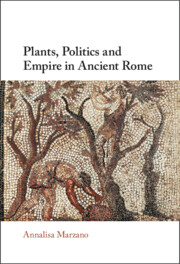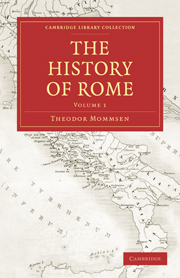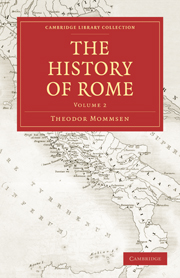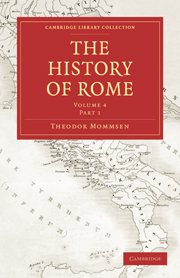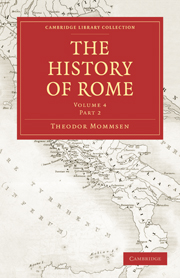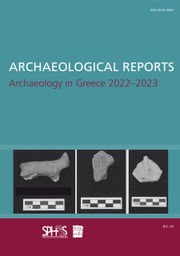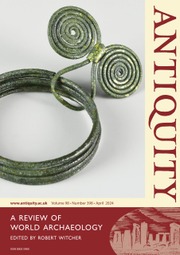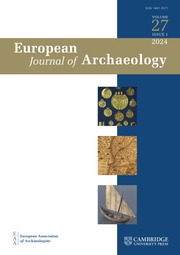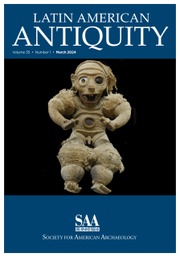Plants, Politics and Empire in Ancient Rome
The book investigates the cultural and political dimension of Roman arboriculture and the associated movement of plants from one corner of the empire to the other. It uses the convergent perspectives offered by textual and archaeological sources to sketch a picture of large-scale arboriculture as a phenomenon primarily driven by elite activity and imperialism. Arboriculture had a clear cultural role in the Roman world: it was used to construct the public persona of many elite Romans, with the introduction of new plants from far away regions or the development of new cultivars contributing to the elite competitive display. Exotic plants from conquered regions were also displayed as trophies in military triumphs, making plants an element of the language of imperialism. Annalisa Marzano argues that the Augustan era was a key moment for the development of arboriculture and identifies colonists and soldiers as important agents contributing to plant dispersal and diversity.
- Provides the first comprehensive treatment of Roman arboriculture, employing all available sources
- Sheds light on both ancient ideological constructs and practical matters pertaining to the running of agricultural estates and ancient arboricultural knowledge
- Contextualizes the movement of plants and spread of arboricultural skills in the Roman world, stressing the links with politics and imperialism
Reviews & endorsements
'When is a tree not a tree? When Annalisa Marzano offers her vibrant and perceptive study of the cultural and political dimension of Roman arboriculture, exploring the movement of plants from one part of the empire to another as a way to understand key aspects of Roman imperialism, culture and identity. …Marzano brilliantly combines technical knowledge and historical insights to deliver a unique study of the era of the principate of Emperor Augustus and beyond.' Rhiannon Ash, History Today
Product details
October 2022Hardback
9781009100663
380 pages
236 × 159 × 27 mm
0.68kg
10 b/w illus.
Available
Table of Contents
- 1. Roman gardens, representation and politics
- 2. Aboriculture, 'Botanical Imperialism' and plants on the move
- 3. The Augustan 'Horticultural Revolution'
- 4. Grafting glory
- 5. Of peaches and peach trees
- 6. Campania and Cisalpine Gaul: Developments in commercial arboriculture
- 7. Plant dispersal and provincial agriculture: The Iberian peninsula and Gaul
- 8. Viticulture versus arboriculture: A matter of choice.

